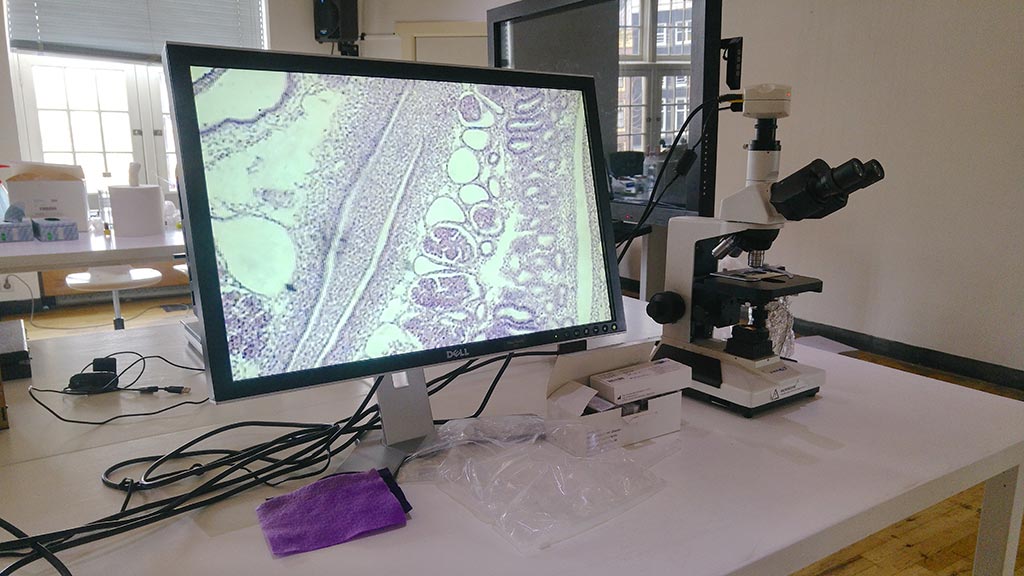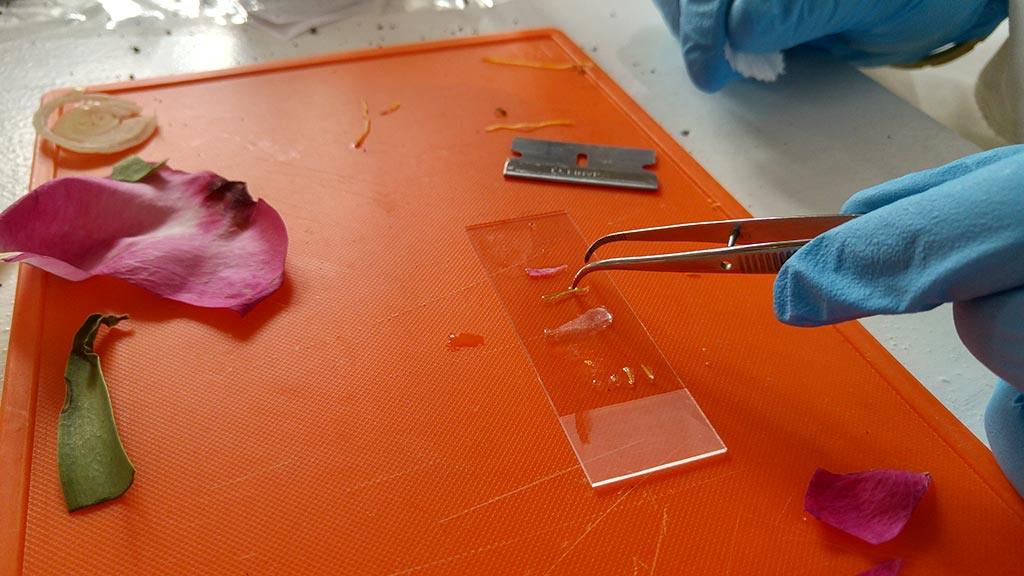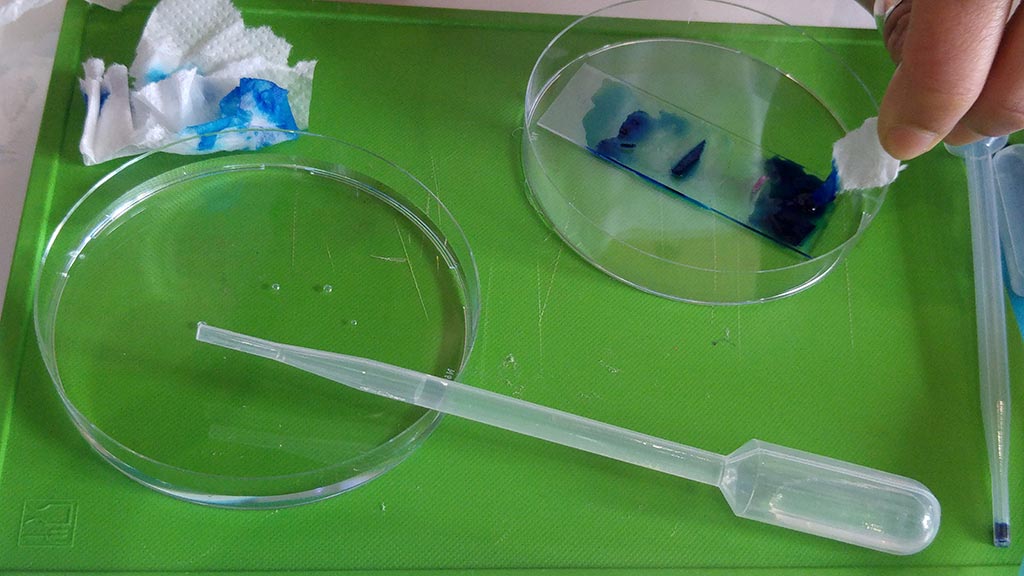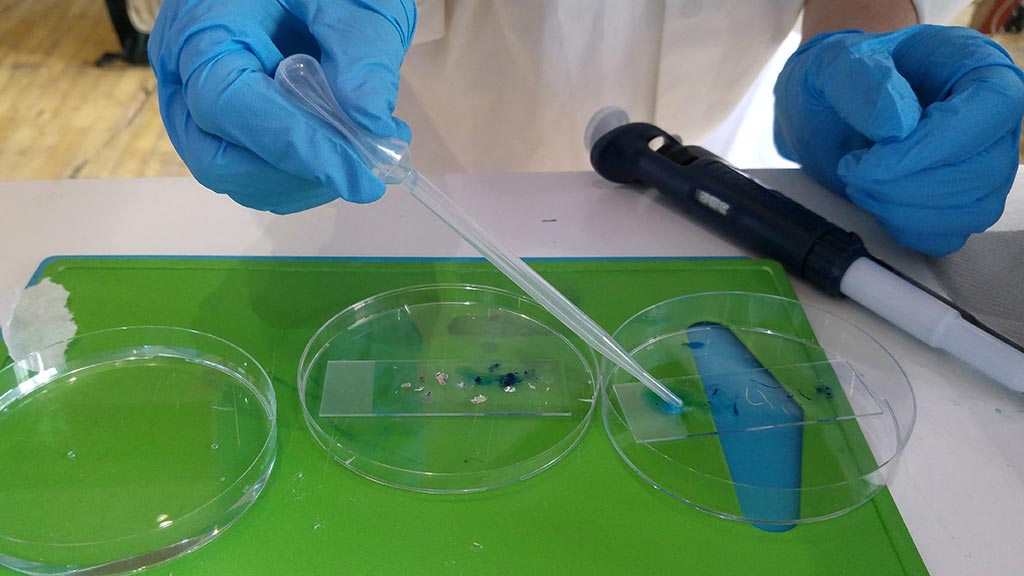BioHack Academy 3
Making a medium
Yesterday we were introduced to the making of Agar (agar-agar), a jelly like substance obtained from Algae. In Asia it is widely used as a gelatine for deserts but in microbiology it is used as a compound of a medium to grow bacteria on.
We used one pre-fabricated powder medium and we tried to use household ingredients to create our own. We boiled both solutions for 20 minutes in 121 degrees. See the image below for the recipe and the results: the pre-fabricated medium is very even and transparant, the ‘home-made’ version is non-transparant and lumpy (thanks to the - 46! - beer yeast tablets that turned out to have more fat than yeast in them!).

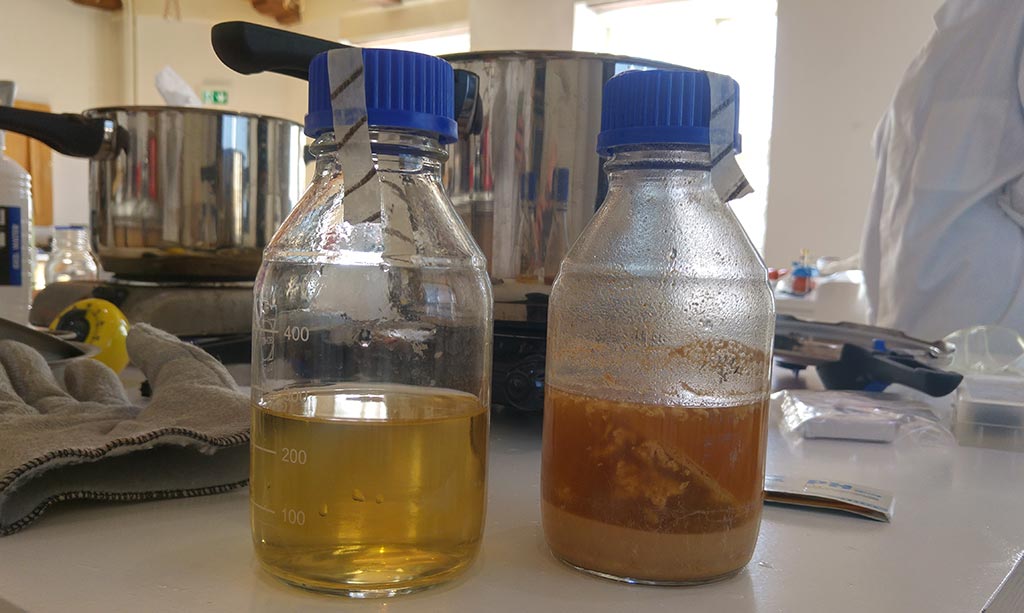
We then put the solutions in petri dishes, making sure this was done in a sterile (enough) environment - work close to the flame!
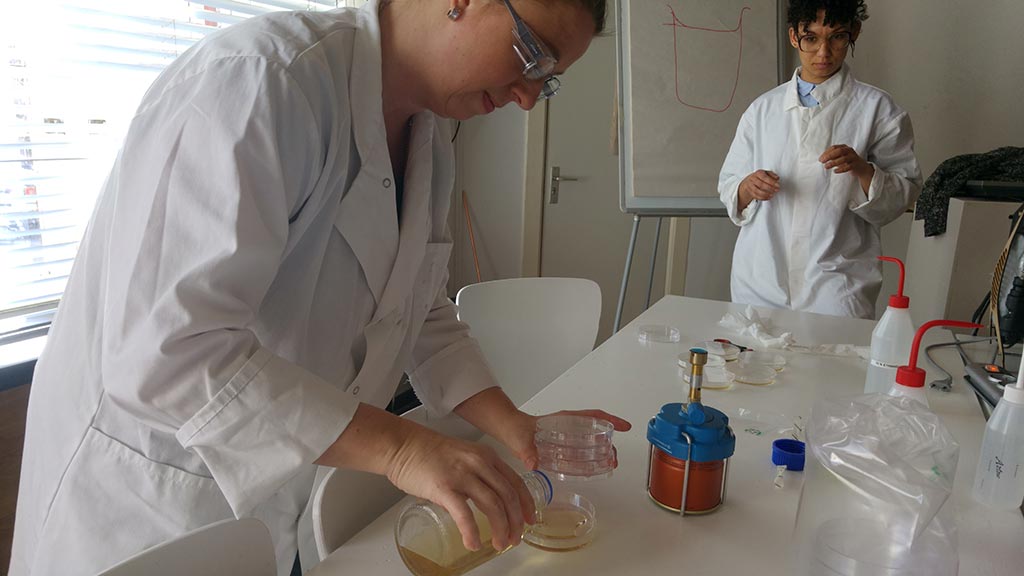
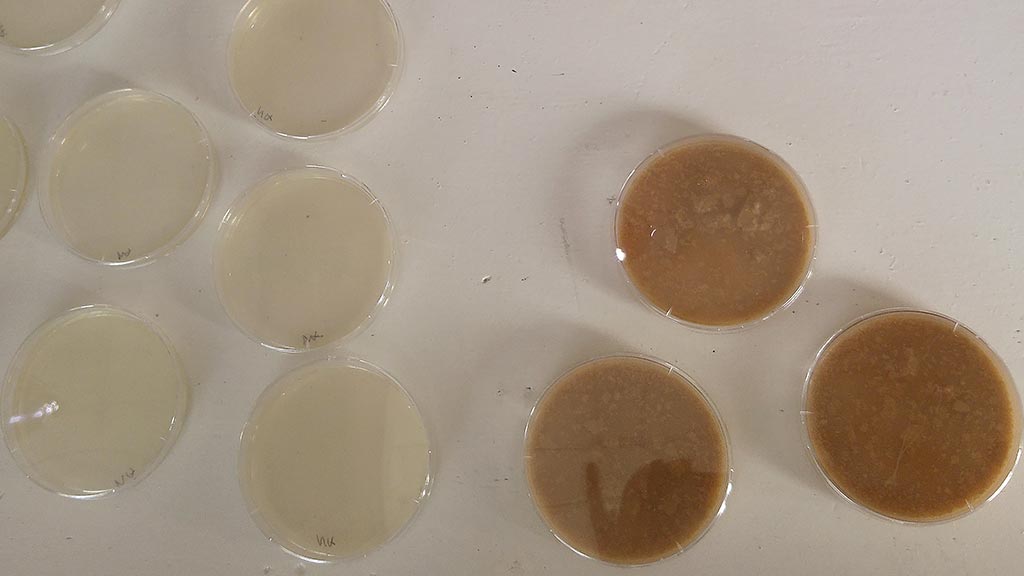
Liquid media and ecotoxicological experiment
Today we prepared two liquid media: one based on Spirulina (a blue-green algae) and one based on Kombucha (or SCOBY: Symbiotic Culture of Bacteria and Yeasts)
We then performed an ecotoxicological experiment, to understand how to get information on the potential impact of a chemical on an ecosystem before it has caused any damage to that ecosystem. For this experiment we used Daphnia (water fleas).
First we had to create a solution in which they would feel well, this is the ‘control’ environment. We gradually added Ethanol to the mixture to see at which stage contamination would take place and actually kill the water fleas. This was done in 5 steps, with one step having no Ethanol added (the control environment). It is important to do the test twice simultaneously, in other words, have 2 times the test bottles, in order to validate the outcome.

With a pipet we ‘caught’ 5 water fleas per test bottle (50 in total) and released them in the test environments.
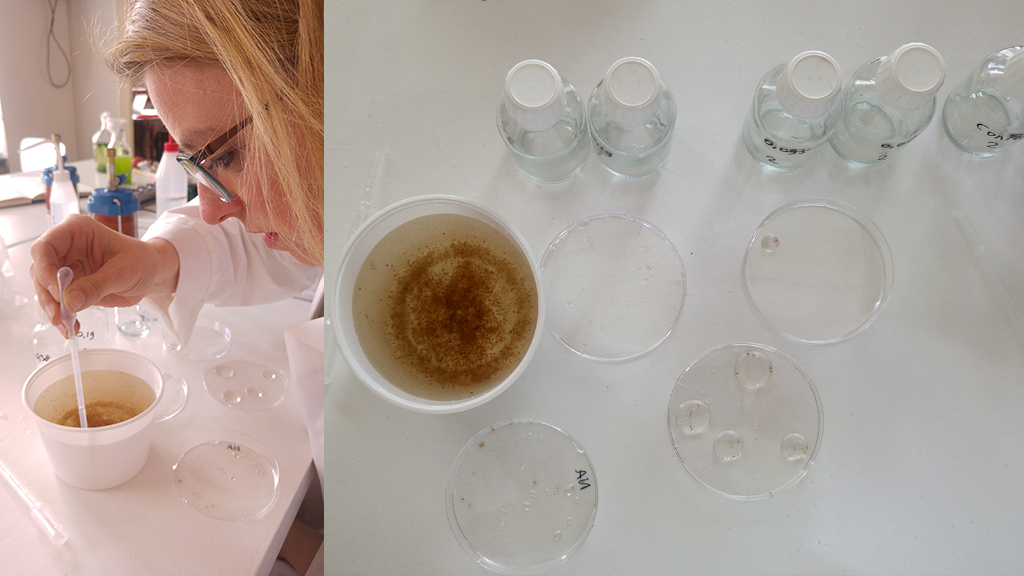
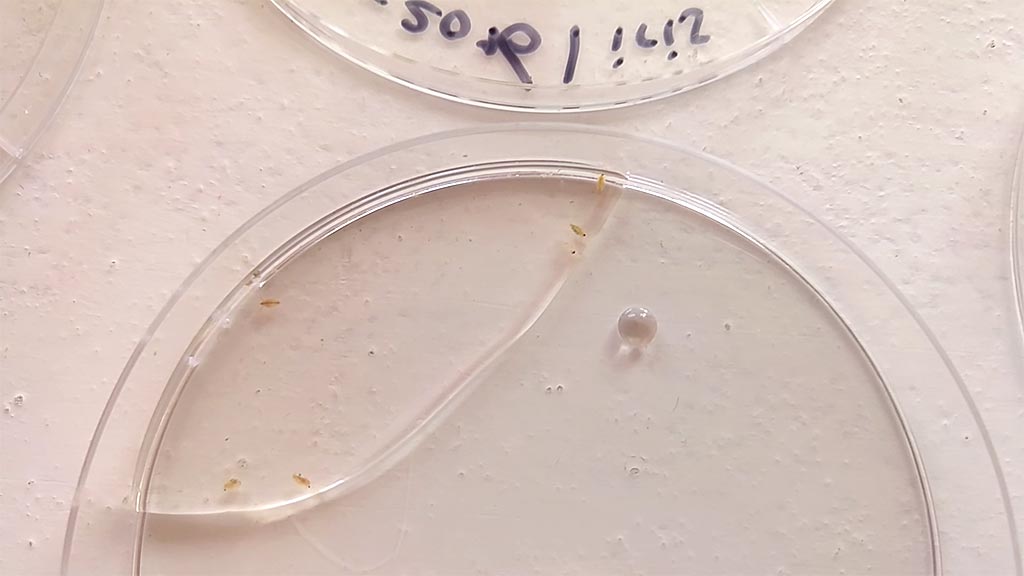
Unfortunately all Daphnia died… For more insight on the test check out Roland-Daphnia-van-Dierendonck’s blog http://ro91.github.io/Daphnia-Experiment/
Cultivating bacteria
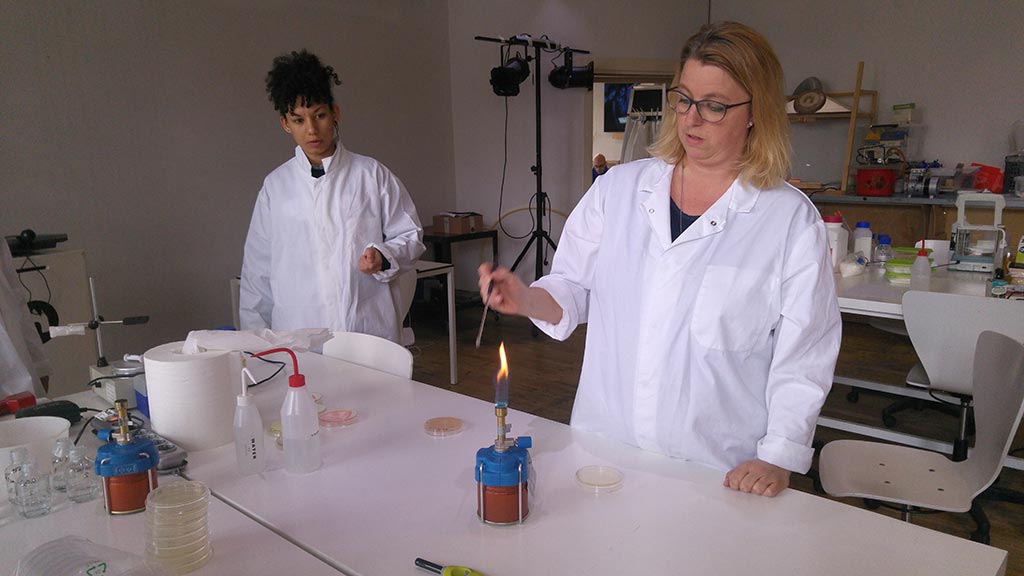
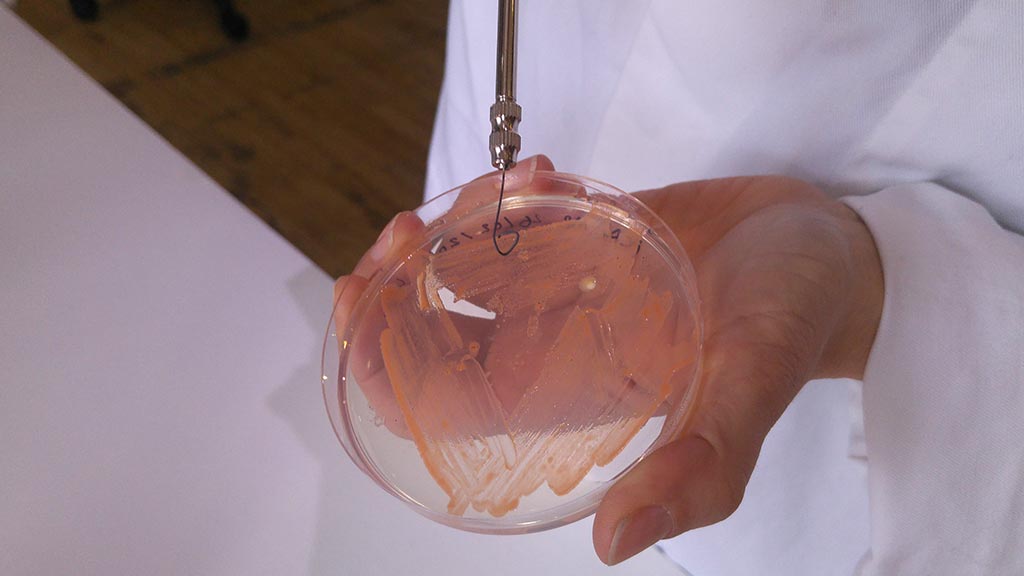

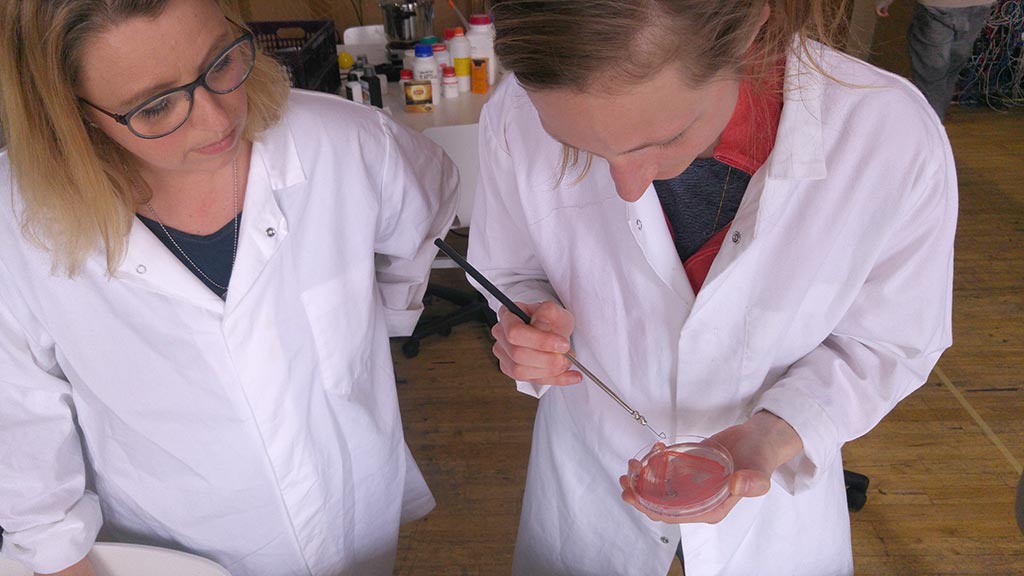
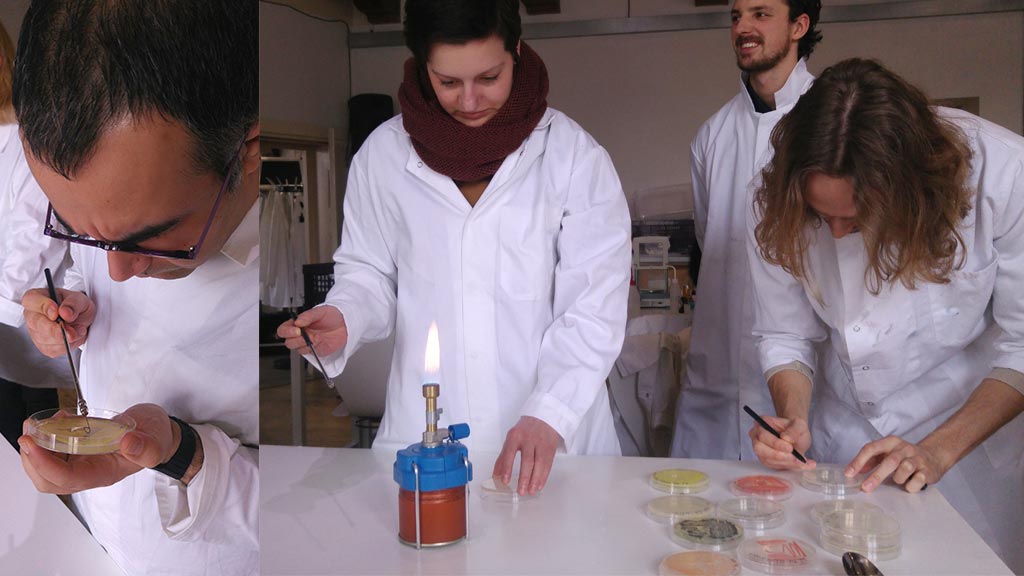
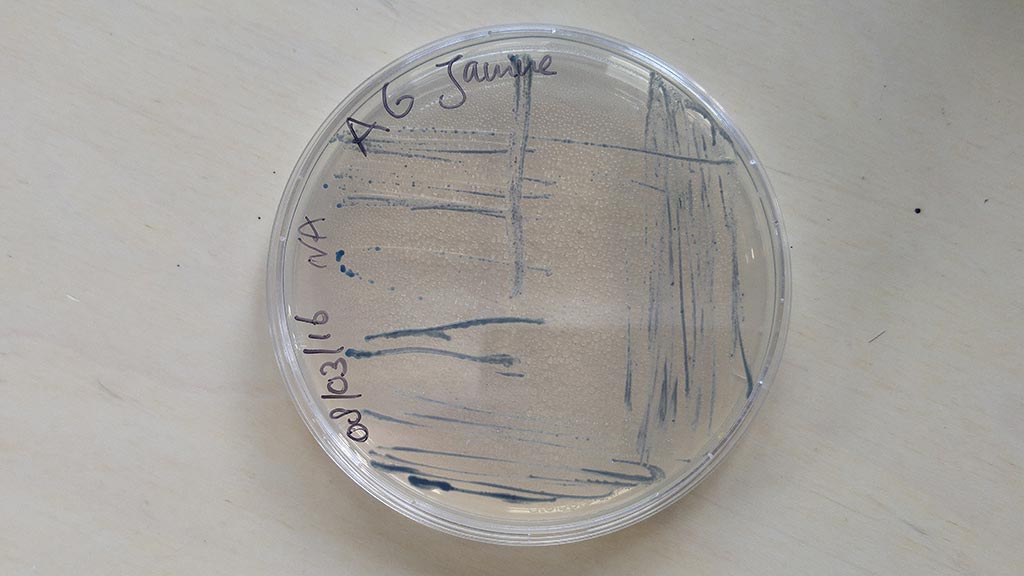
Electronics for the incubator
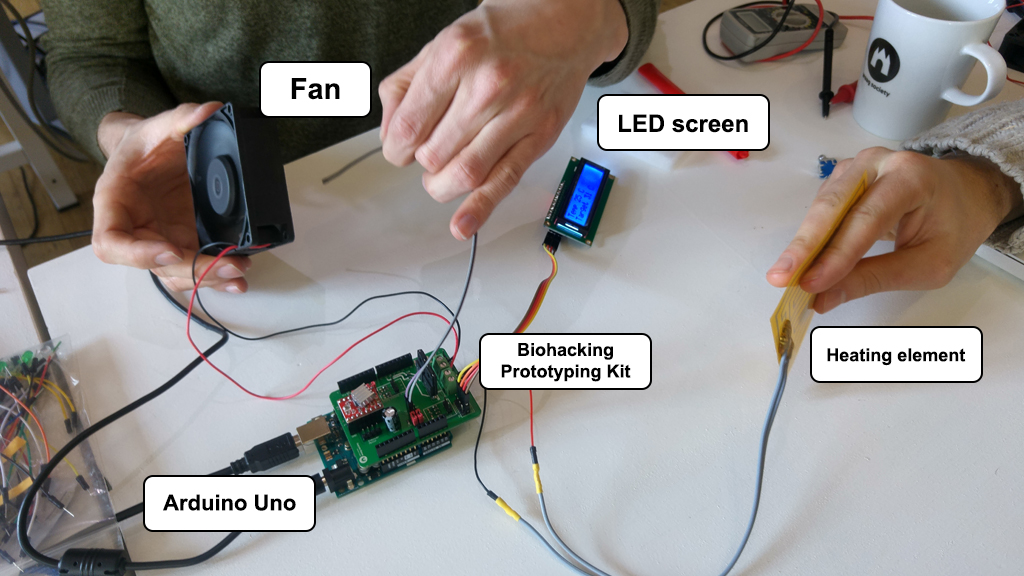
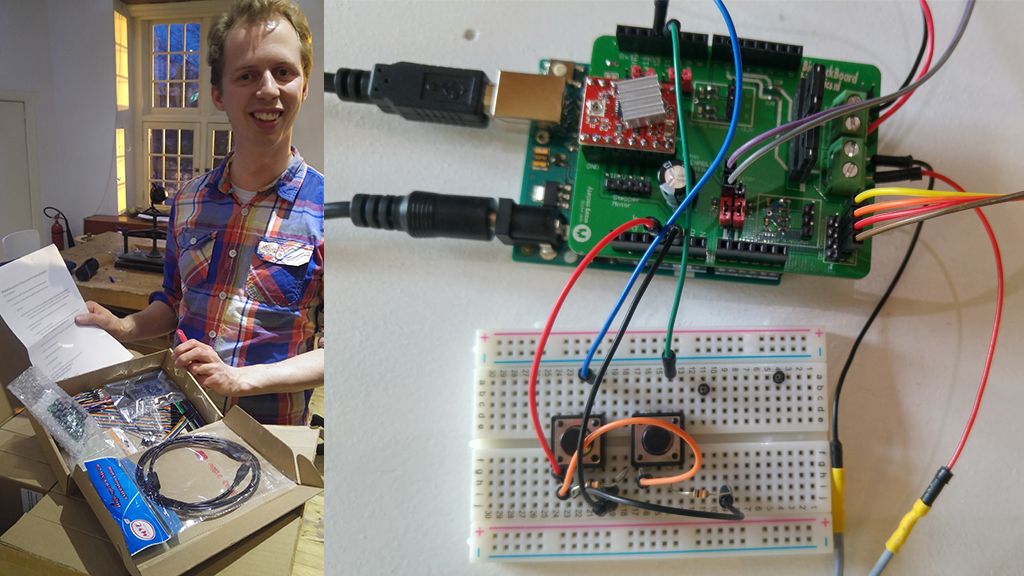
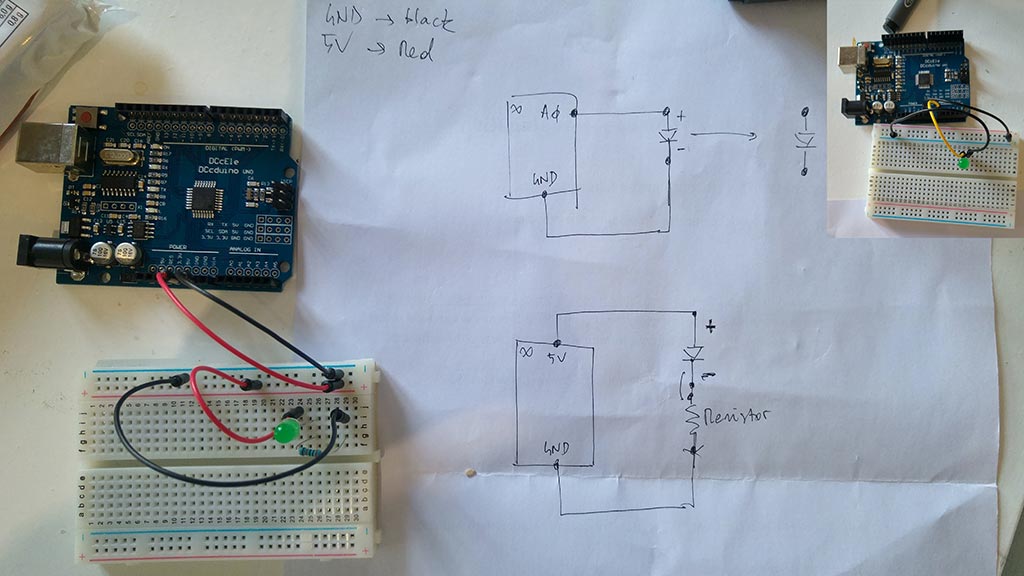
Finding antibiotics in plants



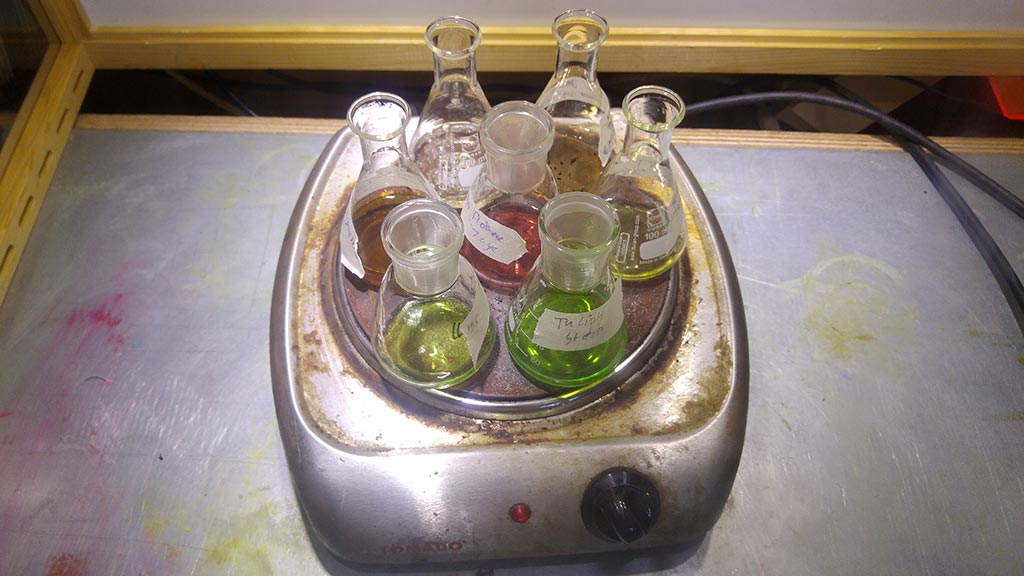
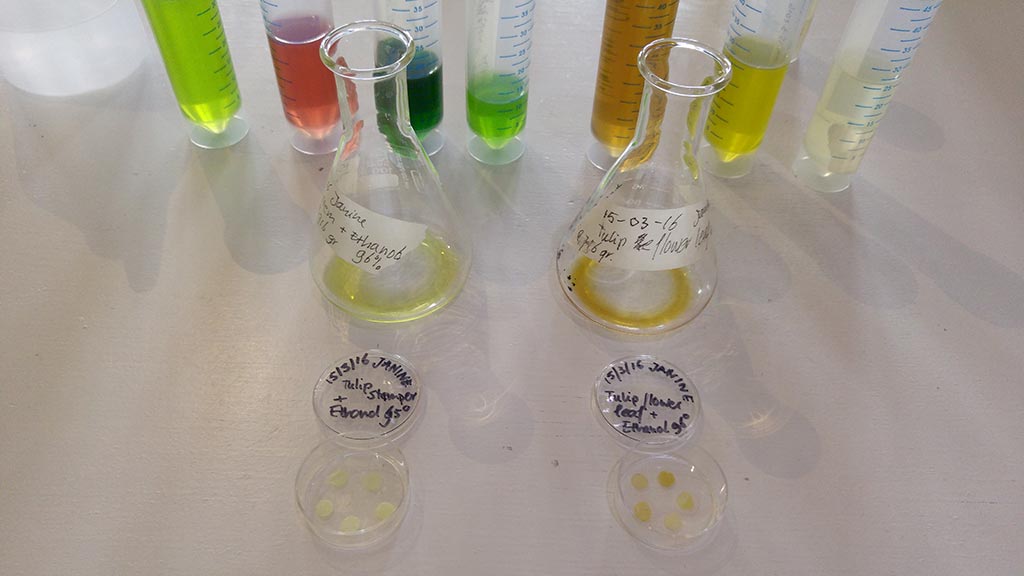
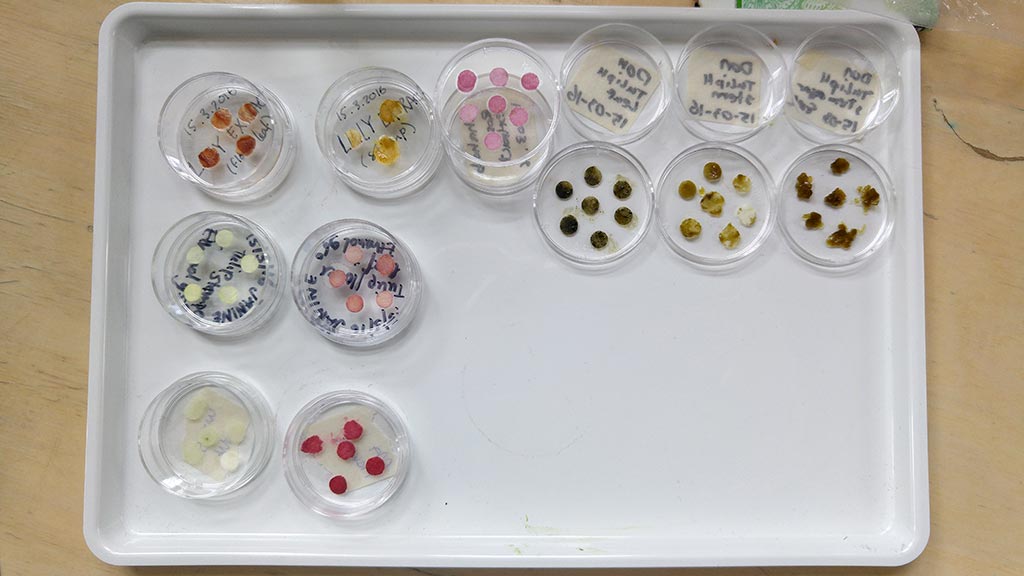
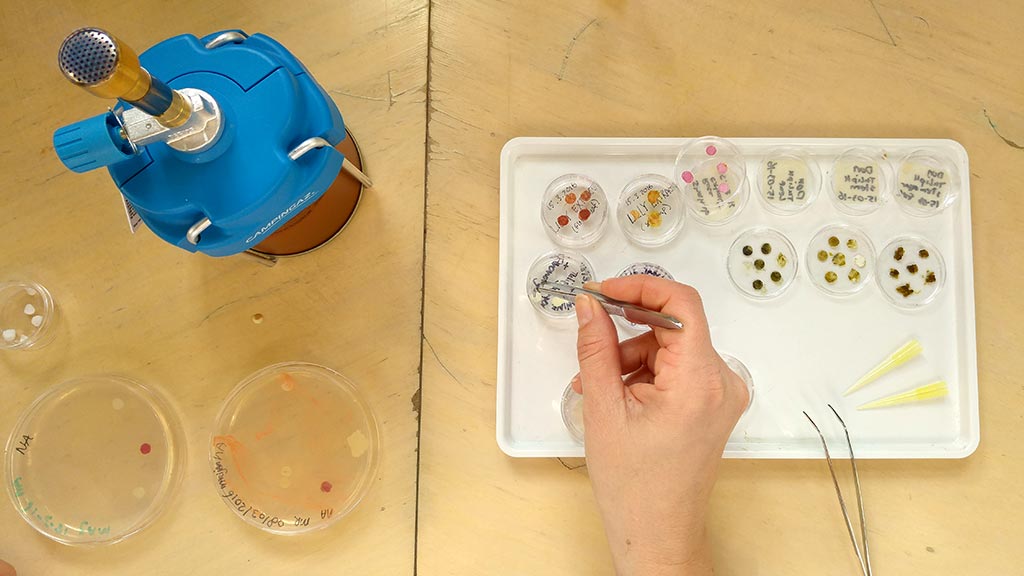
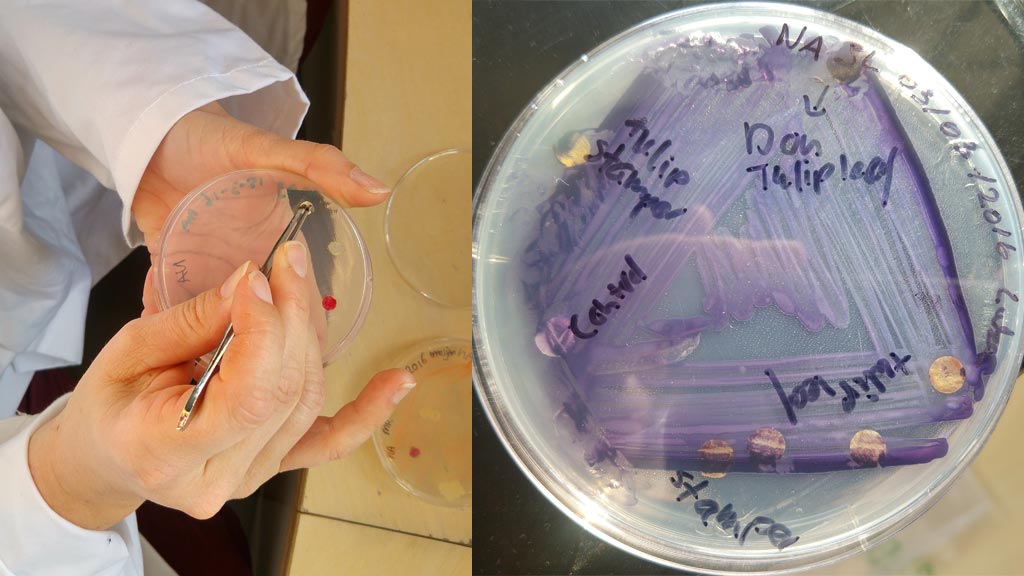

Staining bio samples
